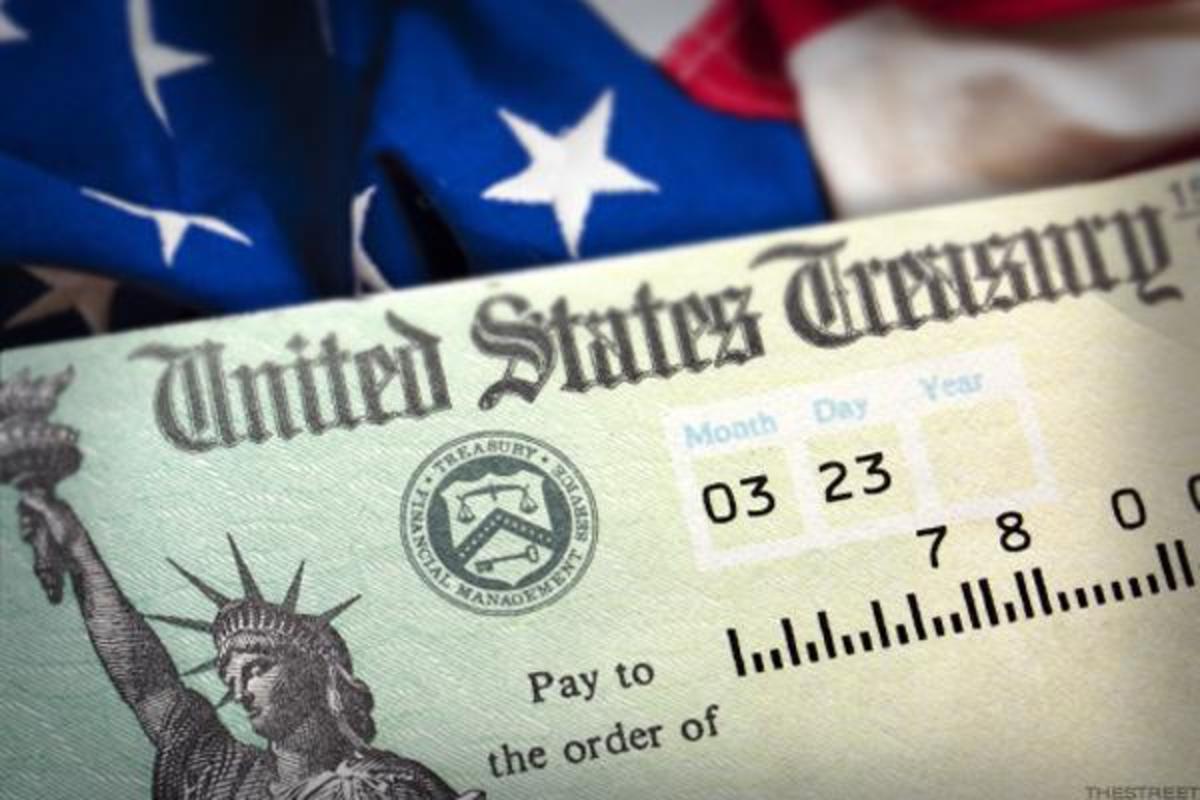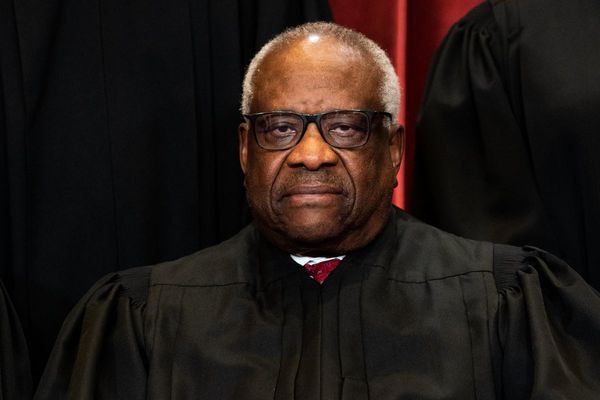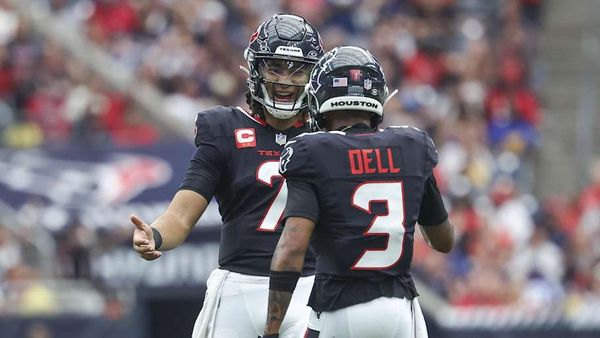
If you're not so interested in the bond market, it's time to get interested. With market pundits increasingly debating the Goldilocks narrative that saw stocks soar earlier this week, it could be the 10-year Treasury yield that has final say. In this sneak peek from the Action Alerts PLUS investing club, former NYSE trader Stephen 'Sarge' Guilfoyle breaks down the optimal level for the 10-year when it comes to economic growth.
Related: Why every investor should care about the 10-year treasury yield
FULL VIDEO TRANSCRIPT BELOW:
J.D. DURKIN: Good morning, subscribers. Sarge Guilfoyle, the one and only, joins me now on this busy Friday morning to put together another busy week of trading into context. Sarge, good morning. Thank you, as always, for taking some time. Let's talk about something you wrote over on Real Money earlier in the week.
You wrote that this week's economic data-- CPI, PPI, retail sales, you name it-- would have outsized importance in terms of long term price discovery. Sarge, what did you mean by that? And are things playing out as you expected them to?
STEPHEN GUILFOYLE: We're either somewhere in between what some people think will be a Goldilocks or a soft landing or a much harsher landing. I don't think we can decide yet. But we are definitely slowing down.
Whether we'd decelerate all the way into contraction, we just don't know yet. My suspicion is that we are. I've been both right and wrong about recessions in the past. So maybe I lean towards recessions. Maybe that's a biased opinion. That's possible. But I do see us-- I do see them not being able to react swiftly enough once the economy goes below the Mendoza line.
J.D. DURKIN: The Mendoza line. Well, you're not alone in that. I will say, obviously, we got an outlook earlier in the week from names like UBS, Morgan Stanley, Goldman Sachs-- at least the first two names I mentioned there, Sarge, they see us hitting a recession. They actually project Fed cuts more than the Fed itself is currently projecting. So your points are well taken in part of the broader context.
I do want to ask you about bonds-- Treasury bonds, Fed speak. How do those things fit into the puzzle that you're currently looking at?
STEPHEN GUILFOYLE: The long end of the curve-- one thing I stated a couple of weeks ago was that maybe that the long end of the curve had gotten away from the Fed. It does not look that way right now. The long end of the curve seems to have come back into the fold here a little bit, maybe it's been a little too strong. I really didn't like to see 10 year go below 4.5%.
I was hoping it would hang around there and let markets stabilize. If it keeps coming in, I think that'll create a situation for stocks where some traders get ahead-- or maybe they're chasing. But maybe they'll get ahead, and stocks will get into this over-evaluated situation, which we have been in before.
As we head into the recession, we don't want PE ratios-- forward looking PE ratios for the largest stocks to be, on average, in the 20s. I think the 18s is fine. I just don't want to get to see it get overvalued.
J.D. DURKIN: So, Sarge, right now, the 10 year, if I could quickly follow up, is at 4.45%. A few weeks ago, it was north of 5% for the first time since '07. Is there a Goldilocks zone where Sarge Guilfoyle would like to see it settle in at?
STEPHEN GUILFOYLE: I'd like to see a-- I think if it maintains 4.5% to 4.75%, I think we can still develop, once the Fed starts cutting short term rates, a healthier looking slope of the curve. What we want-- the best thing for economic growth going out further would be a healthy curve where credit costs more over time. So I mean, that just hasn't been the case for quite some time, on and off going all the way back to the Great Financial Crisis, and even before that.
So we probably had about 25 years of perverse treasury markets, perverse bond markets where risk has not been properly assessed due to poor fiscal policy and monetary policy that aided and abetted fiscal policy in its recklessness. So I think, as monetary policy has become responsible-- it has done that under Jerome Powell and this Fed-- we can't knock them on that. They have moved monetary policy towards a more responsible place. Obviously, QT has to go a lot further. So they're going to have to keep tightening even as they stop-- even as they put the brakes on the interest rates.
But I mean, we know that fiscal policy is nowhere near solvable at this point. We know that come late January, early February, there's going to be a real dogfight in Congress, because the hawks are going to hold their ground and the ones who want to spend are going to hold their ground. And this Speaker, who is a hawk himself, is going to be caught in the middle where he's trying to play a little bit like McCarthy and try to please both sides.
And he's going to lose his credibility with his crowd while losing face, maybe, with the overall right, because he has to play ball with the left. And I just see us getting into a situation in February where we really could have a government shutdown that could become lengthy.







